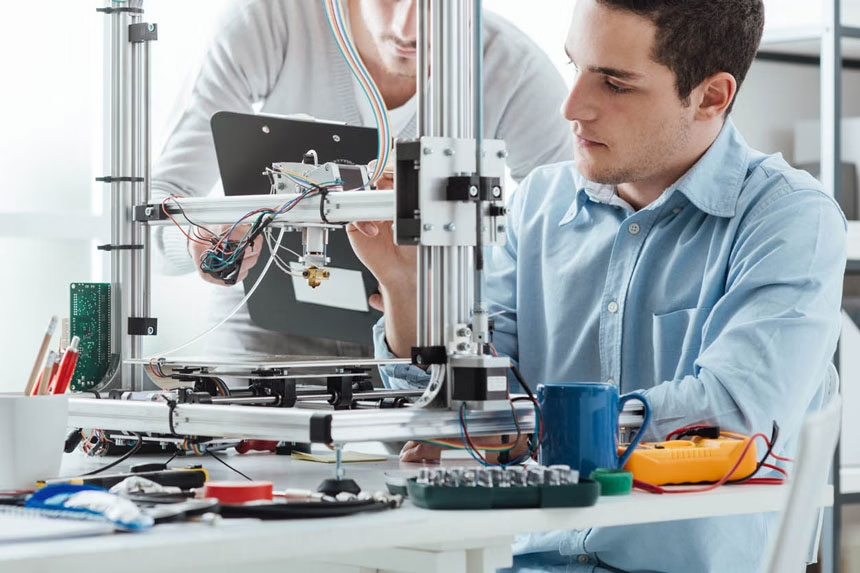Design & Development of Medical Devices
GBA Key2Compliance expertise lies in the understanding of the complexities of medical device Design & Development. Our QA/RA team guides you through every stage of the process – from concept and detailed design to production.
Our guiding documents provide our clients with important knowledge and tools. We embed robust risk management into every phase, helping you anticipate and address challenges before they arise, and ensuring your products meet the highest standards of safety and reliability.

Understanding User Needs
An effective design and development process begins with a thorough understanding of user needs and intended use. This foundational step ensures that product requirements are aligned with clinical expectations, regulatory demands, and real-world use cases. Early-stage activities typically include stakeholder consultations, user scenario mapping, and detailed market analysis to identify unmet needs or technological gaps.
Concept Development and Feasibility
Once user and regulatory requirements are defined, the process advances to concept development and feasibility studies. Here, multiple design solutions are explored through brainstorming, prototyping, and iterative evaluation. Risk management is integrated from the outset, demanding early identification and mitigation of potential hazards as outlined in ISO 14971.
Cross-functional teams—including engineering, clinical, regulatory, and quality experts—collaborate to ensure that product concepts not only satisfy functionality and safety requirements but are also manufacturable and economically viable.
Design, Engineering, Usability and Human Factors
Following concept selection, the detailed design phase takes center stage. During this phase, design inputs are translated into precise engineering specifications, materials are selected, and initial design outputs such as drawings, models, and software code are generated. Design verification and validation planning begin early in this stage, with traceability matrices linking requirements to test methods and acceptance criteria.
Usability engineering is also key: formative evaluations and human factors testing help refine the design to minimize use-related errors and enhance patient and user safety.
Documentation and Design Reviews
Throughout development, robust documentation is maintained, capturing all design decisions, risk assessments, and changes. Design reviews are held at critical milestones to evaluate progress, resolve challenges, and ensure continued alignment with requirements and risk management strategies. These reviews provide an opportunity for multidisciplinary input and support a culture of continuous improvement.
Design Transfer and Manufacturing
As the project moves toward design transfer and manufacturing, focus shifts to process validation, supplier qualification, and pilot production. Here, the transition from prototype to scalable, reproducible device is carefully managed. The team finalizes validation protocols for processes, software, and finished product, ensuring every aspect functions as intended under anticipated usage conditions.
Post-Market Surveillance and Lifecycle Management
The design and development phase does not end at launch – ongoing surveillance, feedback collection, and post-market analysis are essential to capture real-world insights and drive future enhancements. By embedding this structured, risk-based approach throughout the product lifecycle, organizations can efficiently bring safe, innovative, and compliant medical devices to market.